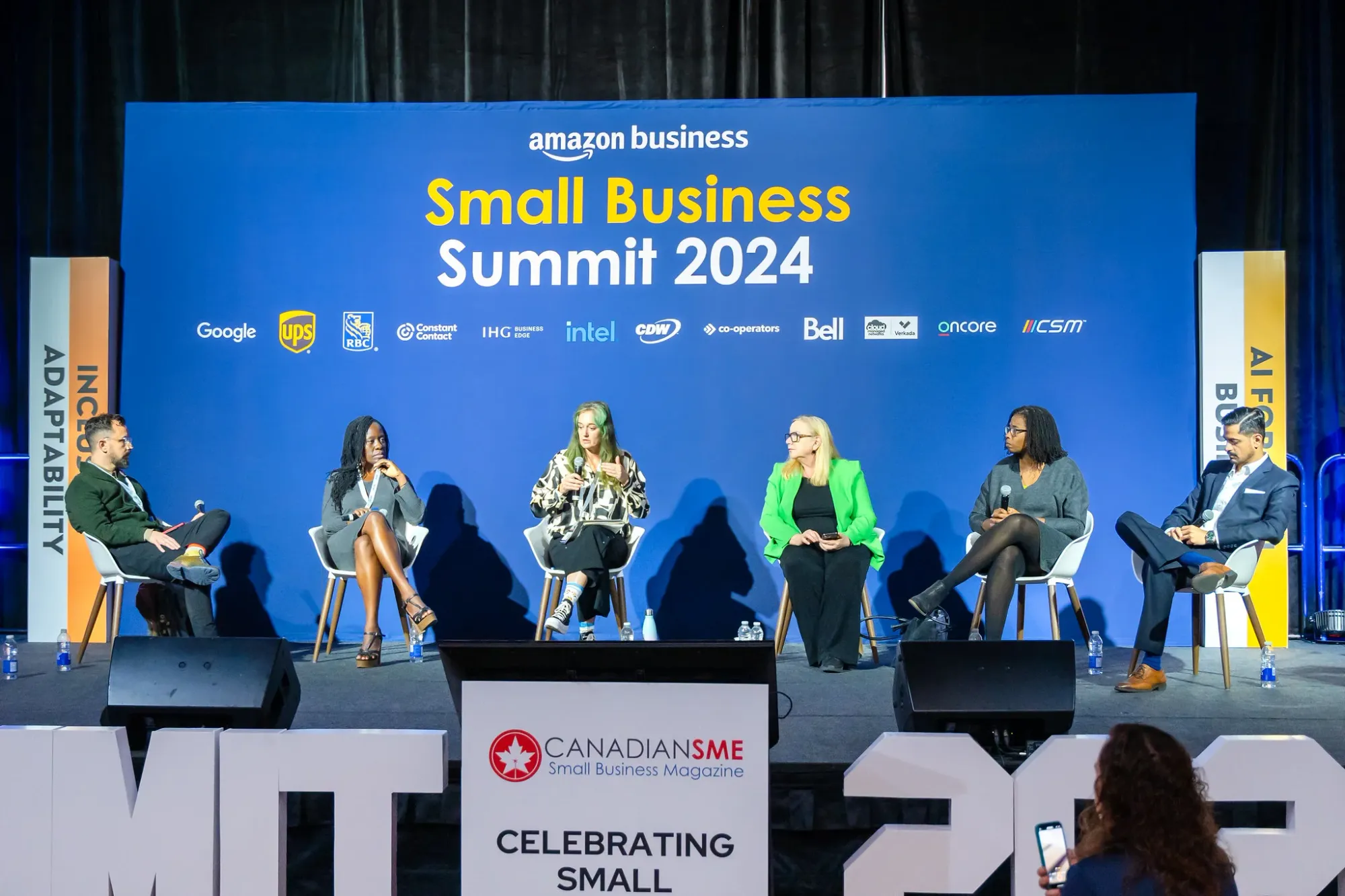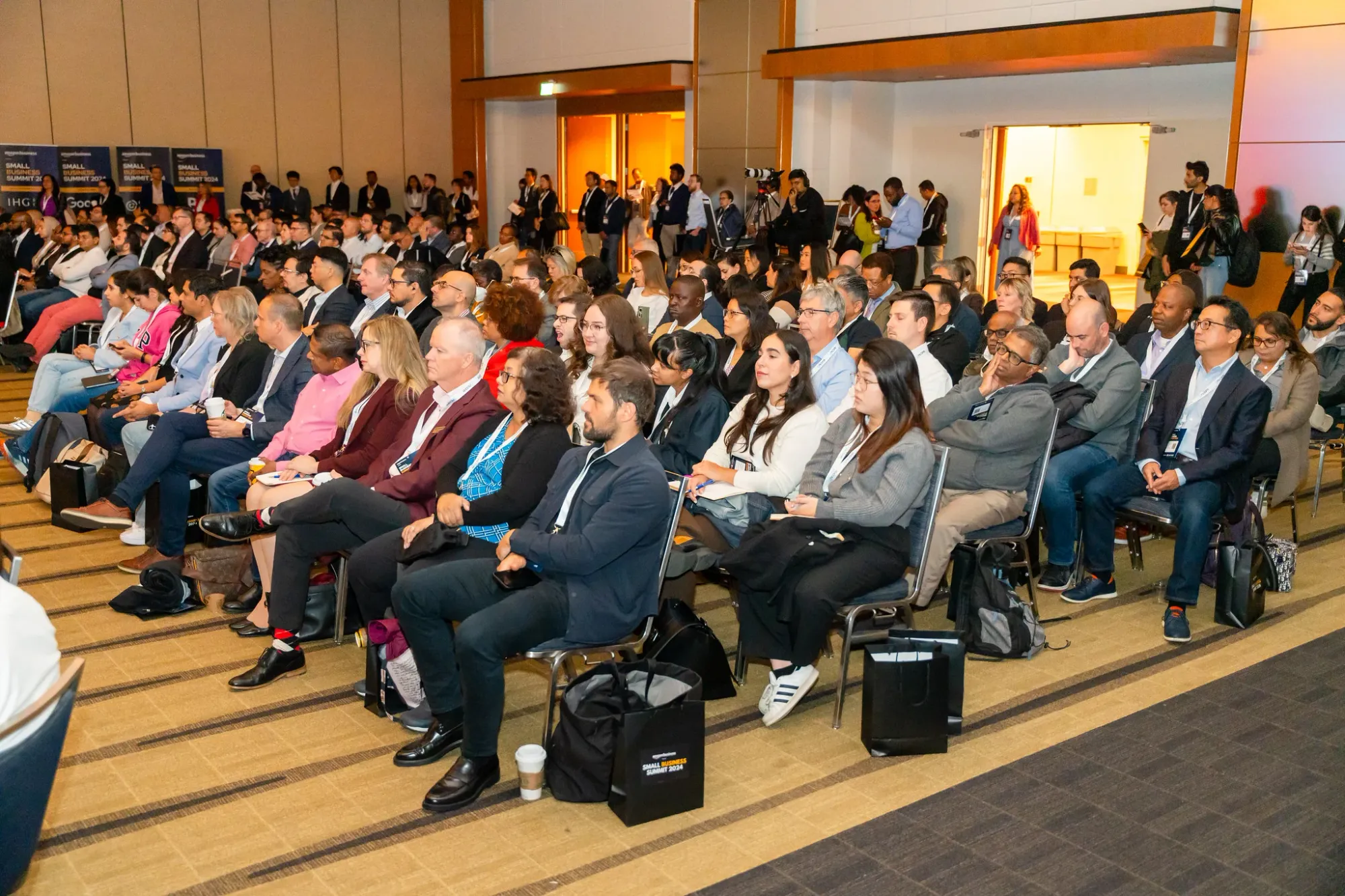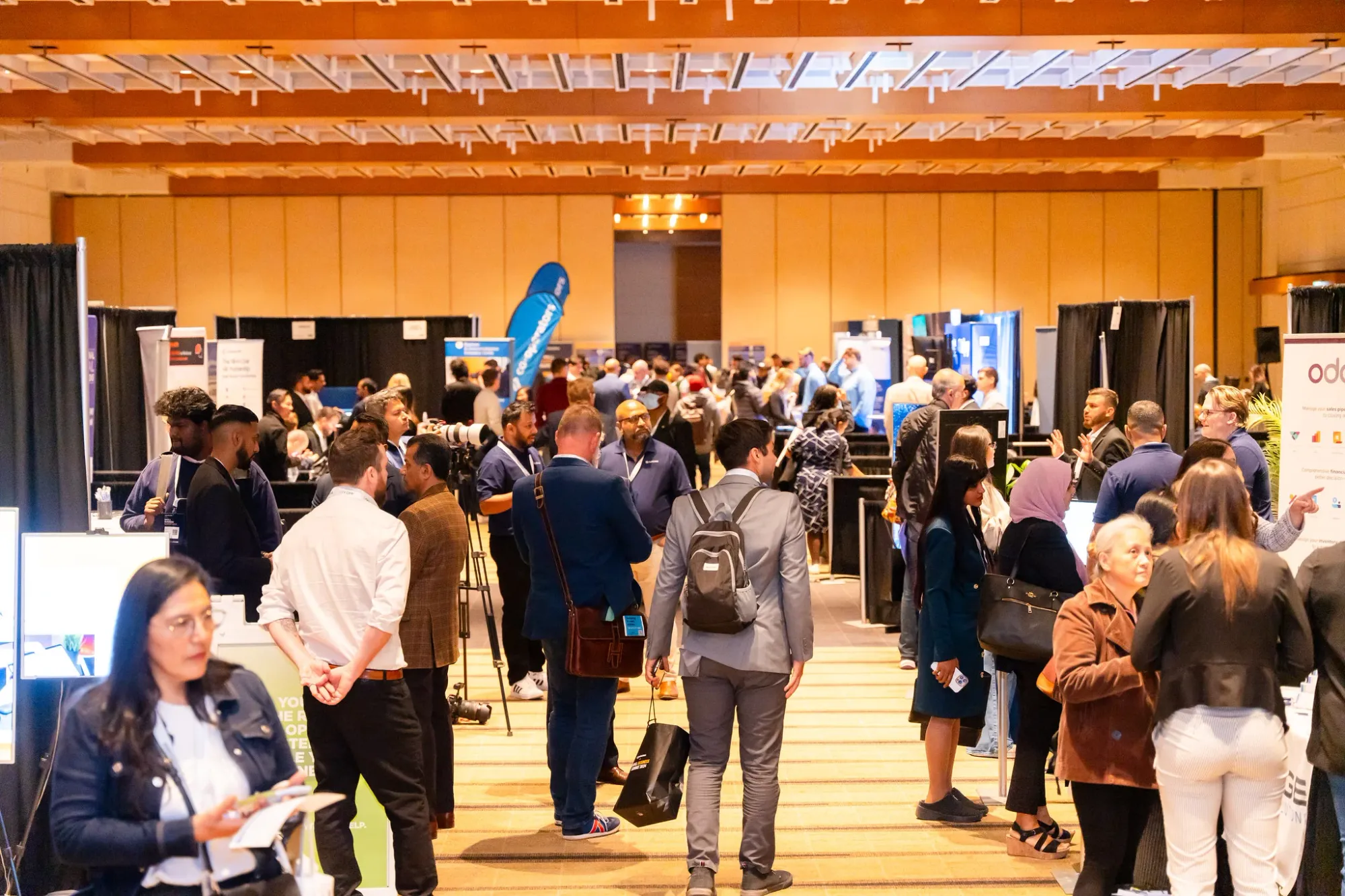The Pricing Trap: A Lesson in Survival from the CanadianSME Summit 2024

The air at the Metro Toronto Convention Centre on October 24th was electric. The CanadianSME Small Business Summit 2024 was a vibrant hub of innovation, ambition, and that uniquely Canadian entrepreneurial spirit. As I navigated the bustling halls, moving between keynote speeches and networking sessions, I found myself drawn into conversations that all seemed to circle back to a single, persistent challenge. It wasn't about marketing funnels or social media algorithms. It was about something far more fundamental: the price tag.
I had the privilege of speaking with several owners of charming small hotels, quaint cottage resorts, and beautiful B&Bs. They poured their hearts into creating unforgettable guest experiences, from the crispness of the linens to the warmth of their welcome. Yet, despite their passion, they shared a common thread of frustration. They were trapped in a pricing paradox, a constant battle between filling rooms and fetching a fair price. Their stories were so similar, they painted a collective picture of a struggle that many in the independent hospitality sector face.
"We're full to the brim every July and August," one owner of a lakeside cottage collection told me, "but I can't shake the feeling that we're leaving thousands on the table. Then, come November, it's a ghost town. Do I slash my prices and risk devaluing my brand, or do I hold firm and stare at an empty booking calendar?"
This sentiment was the heart of the problem. These brilliant entrepreneurs were being held back by an anchor in a fast-moving current: the static, fixed-price model.

The Unseen Costs of a Fixed-Price Strategy
The traditional approach of setting one price for the high season and another for the low season seems simple and safe. But in today's dynamic market, simplicity is a deceptive vulnerability. The conversations I had at the summit revealed three critical ways this old model actively undermines small businesses.
1. Inflexibility in a Fluid Market
The most immediate pain point was the inability of a fixed-price model to react to market volatility. Demand isn't just about "high season" and "low season" anymore. It's far more granular. It fluctuates with:
- Days of the week: A Tuesday in October is vastly different from a Saturday in October.
- Local Events: A music festival, a corporate conference, or even a university graduation can cause demand to spike for a single weekend.
- Holiday Premiums: Long weekends and holidays are prime opportunities that a single "seasonal" price fails to capture effectively.
- Booking Windows: A guest booking six months in advance has a different price sensitivity than one booking for tonight.
By keeping prices rigid, these hotel owners were experiencing a painful duality. During predictable peaks, they were fully booked weeks in advance at a price point far below what the last-minute market would bear, leading to significant lost revenue opportunities. Conversely, during unexpected lulls, their static, high-season-hangover price was a deterrent, failing to optimize occupancy when a slightly more competitive rate could have filled rooms and kept the lights on. They were playing checkers in a market that has moved on to 3D chess.
2. The One-Size-Fits-None Customer Approach
A fixed price screams the same message to every single potential guest, regardless of who they are or how they book. The business owners I spoke with knew this was a flaw, but felt powerless to fix it.
- The Early Bird: The guest who books months in advance gets the same rate as the person who books a week out. There's no incentive for planning ahead.
- The Group Booker: A company looking to book a block of rooms for a retreat sees the same per-night rate as a solo traveler. There's no automated way to negotiate a volume discount.
- The Loyal Regular: The returning guest who visits every year receives no special consideration for their loyalty.
- The Last-Minute Deal Seeker: This segment is completely missed by a rigid pricing structure.
This lack of segmentation means a reduced ability to attract a wider range of customers. In a competitive landscape, personalization is key, and that begins with pricing.
3. Fighting a Losing Battle Against Agile Competitors
The most disheartening stories were about competition. The small cottage owner would watch as the larger, tech-enabled hotel down the road adjusted its prices multiple times a day. That competitor could offer an aggressive rate on a slow Tuesday to capture budget-conscious travelers, then raise it significantly on Friday as inventory dwindled.
This practice, known as dynamic pricing, isn't new. Airlines have used it for decades. But its adoption by larger hotel chains has left independent owners at a severe disadvantage. Their fixed rates often appear either too expensive or suspiciously cheap compared to the real-time market rate, directly impacting their search ranking on online travel agencies (OTAs) and ultimately, their booking conversions. Their inability to adapt was directly impacting their ability to compete.

The Manual Maze: Swapping One Problem for Another
"So why not just change the prices manually?" I asked one frustrated hotelier.
He gave a tired laugh. "I tried. I spent my evenings glued to my screen, with 10 tabs open: my top three competitors, Expedia, Booking.com, my own website... I'd build these monster spreadsheets to try and predict demand. It was a nightmare."
His experience highlights the second layer of the trap. Attempting to manually implement a dynamic pricing strategy is operationally debilitating for a small business. It's a full-time job that requires constant vigilance. This manual approach is not only incredibly time-consuming but also prone to human error and burnout. It's a strategy that hindered growth because every hour spent agonizing over spreadsheets was an hour not spent improving the guest experience, training staff, or marketing the business. It was, in short, operationally expensive in the most valuable currency of all: the owner's time.
A New Conversation: Can AI Be Your Revenue Strategist?
As these conversations evolved, we moved from commiserating over the problem to brainstorming the solution. I started to float an idea: What if you could have a 24/7 revenue strategist? What if this strategist knew the market inside and out, understood your business rules, and could even negotiate on your behalf?
This is the promise of Artificial Intelligence in the hospitality sector. Instead of guessing, these systems provide real-time market insights. Based on this data, an AI-powered pricing model gets to work, recommending the optimal price.
Perhaps the most futuristic—and useful—feature we discussed was what the technology can do with guest interactions. I described how some advanced systems—a feature I later discovered is a cornerstone of the Maika platform—can even handle automated negotiation. Imagine a guest messaging your business to ask for a better deal on a multi-night stay. The AI can analyze the request against real-time demand and occupancy, then intelligently present a custom, competitive offer to secure the booking instantly. This isn't just a chatbot; it's a deal-closing assistant.
The Tangible Returns: More Revenue, Less Stress
The true beauty of this technological shift lies in how directly it solves the core problems. This isn't about technology for technology's sake; it's about tangible business outcomes.
For the owner worried about leaving money on the table, an intelligent system leads to increased revenue. This isn't just theory; it's the practical outcome when a platform like Maika's AI-powered dynamic pricing captures the premium price for that last-minute booking on a high-demand Saturday. For the owner staring at an empty calendar, it delivers optimized occupancy. By understanding micro-trends, Maika can suggest the perfect price to attract guests during shoulder seasons, turning zero-revenue nights into profitable ones.
And for the burnt-out entrepreneur drowning in spreadsheets? The benefit is immediate: drastically reduced costs in terms of time, labor, and mental energy. This is where automation becomes a tool for well-being, not just profit.
The real game-changer making this feasible for SMBs is the principle of seamless integration. The best solutions don't force you to discard your existing booking systems; they add a layer of intelligence on top. This was my key takeaway from further research. A new generation of tools, exemplified by Maika, are designed with this exact philosophy. Their AI-powered dynamic pricing platform isn't meant to replace your system but to augment it. By automating pricing and handling automated negotiation, Maika empowers you to optimize revenue and increase occupancy. It's an accessible approach that finally allows technology to reduce costs and significantly boosts competitiveness for your hotels/cottages, leveling the playing field for good.
Conclusion: Stop Guessing, Start Strategizing
My key takeaway from the CanadianSME Summit wasn't just an affirmation of the challenges small businesses face, but a confirmation that powerful, accessible solutions are within reach. The era of "set it and forget it" pricing is over.
If you're a hotel or cottage owner who recognized your own struggles in this story, the path forward doesn't begin with a massive, risky investment. It begins with a change in perspective. It's time to let technology handle the complex calculus of the market, so you can focus on the human calculus of a perfect guest experience.
Ready for a 24/7 AI Revenue Strategist? Let Maika transform pricing from a daily burden into your biggest competitive advantage.
